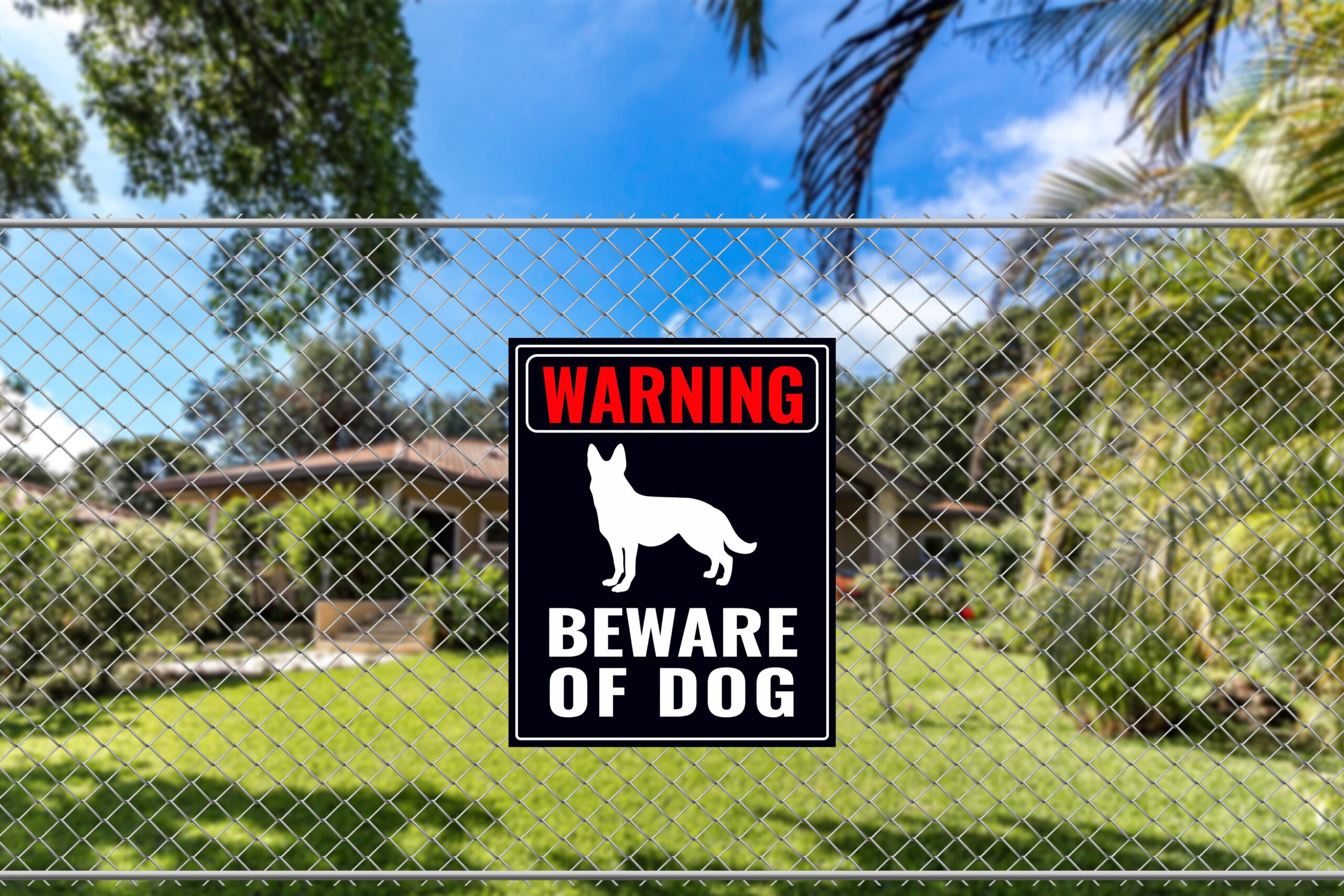TL;DR
If you were seriously injured in a crash and you're trying to figure out how to file a catastrophic injury claim, here are the key things to know before you move forward. These quick highlights can guide you to the parts of the article you need most.
What a catastrophic injury means for your life
A bad crash can change your life within a few seconds. One moment you’re driving or sitting at a light, and then everything hurts and you’re trying to figure out what even happened. After that, the hard part isn’t always the pain. It’s the questions that start showing up when you’re lying in bed, staring at the ceiling. How am I supposed to work? How long will I need treatment? Who pays for all of this?
People hear the phrase “catastrophic injury” and think it’s something only others deal with, not them. But if your injuries make it hard to move, think clearly, return to work, or take care of yourself the way you used to, then you might be dealing with one. Spinal injuries, brain injuries, multiple fractures, severe burns. There are many versions of the same reality: your life is not the same as it was before the crash.
Why medical care and records matter
The first step is not legal. It’s medical. You get the care you need, and you keep records of everything. It doesn’t matter if you feel tough or think you’ll heal fast. If you were in the emergency room, write it down. If you had scans, surgeries, or follow-up visits, save those details. You’re not collecting paperwork to be dramatic. You’re doing it because these records become proof of what the crash did to you.
Collecting information from the crash
At some point, you’ll also want anything related to the crash itself. Police report, photos, the name of the other driver, statements from witnesses if you have them. Don’t panic if you don’t have every piece of information. Most people don’t. A lawyer can track down missing documents later.
Talking with a catastrophic injury lawyer
When your pain settles enough for you to think more clearly, you can talk with a catastrophic injury attorney. You don’t have to wait until you’re “better.” You don’t even have to know what to say. You tell them what happened, and they explain your options. They deal with the insurance company so you can focus on healing instead of arguing with adjusters who don’t understand what you’re going through.
Thinking about the future, not just today
A strong legal team usually looks ahead, not just at today. What if you need surgery next year? What if you can only go back to work part-time? What if you need help at home or equipment to stay mobile? A catastrophic injury claim considers your future, not just the pile of bills sitting on your counter right now.
Settlements and why patience is important
Sometimes the insurance company offers a settlement. It might sound good at first. You’re tired, you want this over with, and you need help now. But a quick offer isn’t always a fair one. If it doesn’t cover what you truly need, your lawyer can keep negotiating or take the case further if that’s what protects you best.
This process is not simple, and it takes patience you may not feel like you have. But what happened to you wasn’t small. You deserve support, and you deserve a chance to rebuild without drowning in medical debt or losing your future income.
A catastrophic injury claim is not about asking for too much. It’s about getting what lets you recover, adapt, and move forward with dignity. The crash took enough from you already. You shouldn’t have to lose more.
If you are considering taking the next step, you can speak with a legal team that focuses on severe injury cases. Visit Pyramid Legal’s catastrophic injury lawyer page to learn how they may help you. You can also review general guidance about catastrophic injuries from the Centers for Disease Control and Prevention for additional understanding.









